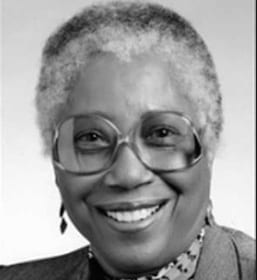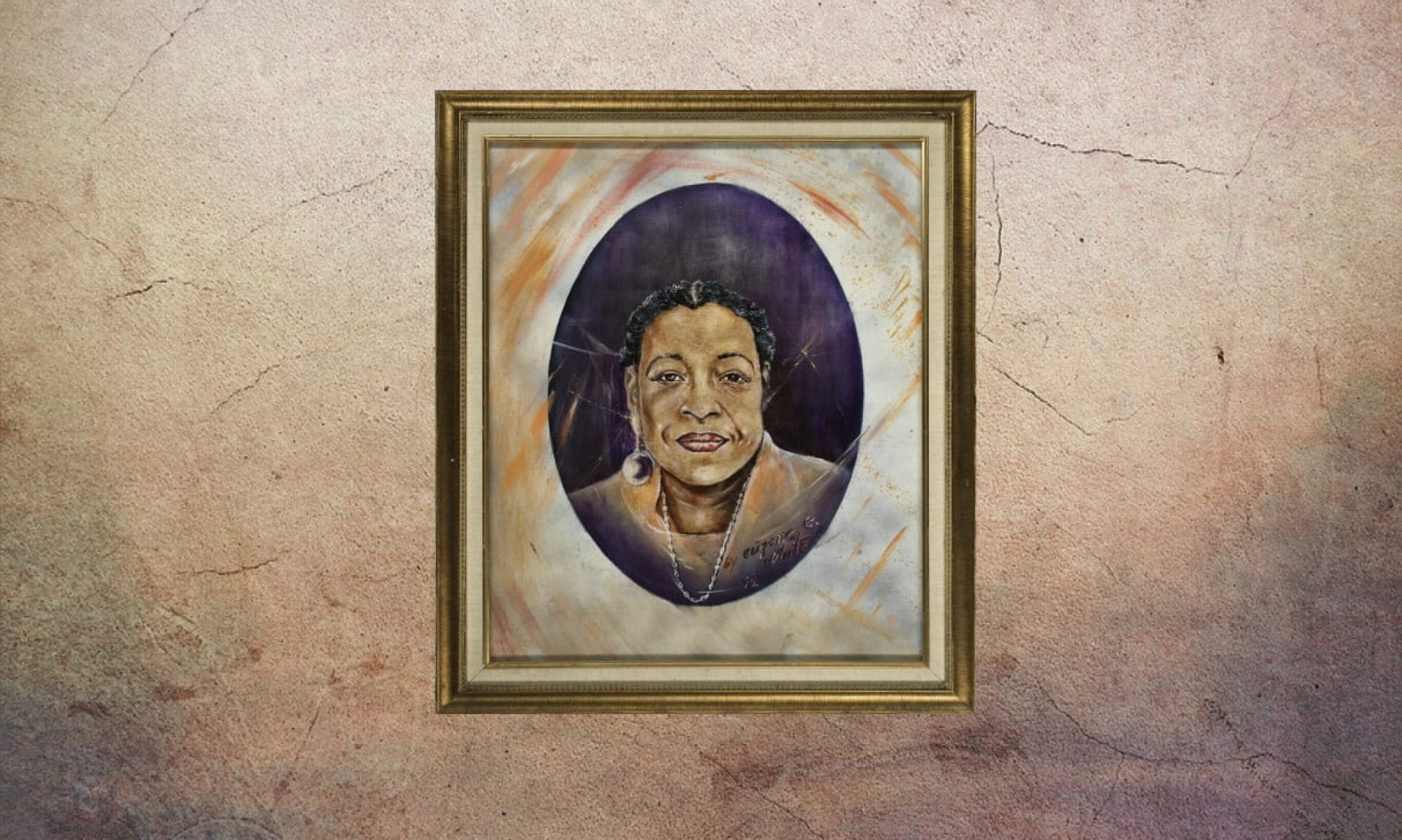
Naomi Jean Thomas Gray was born in Hattiesburg, Mississippi, on May 18, 1922. She was raised in Indiana alongside her four other siblings. In 1945 she earned a bachelor’s degree in sociology from Hampton University and went on to earn graduate degrees from Hampton University and Indiana University. Upon graduation, she was hired as a caseworker for a foster care agency in Indianapolis (Historymakers). Soon after, she worked for 20 years for the Planned Parenthood Federation of America, earning the position of the first black female vice president (Knight). After a divorce, Gray decided to move to San Francisco, where she was appointed to serve on the board of the San Francisco Public Health Committee in 1985. She made strides towards “stronger affirmative action programs” in the city’s Public Health Department for eight years (Knight). From traveling the world to teach family planning and how to stop the spread of AIDS, to being an outspoken leader in her local community, Gray’s advocacy inspired hard work and integrity.
When Gray first moved to San Francisco in the 1980s, she rented a home close to her sister Doris Gray. She got a job in social work, and then took the opportunity to teach at San Francisco State University (Knight). A passionate follower of local, national, and international current events, and a frequent letter writer to The Chronicle, Gray quickly came to know seemingly everybody in city government. She became close friends with several prominent San Francisco leaders such as Superior Court Judge Don Mitchell and Mayor Dianne Feinstein, but she was never afraid to tell them what she really thought (Knight).
In 1985 Mayor Dianne Feinstein appointed Gray to the city’s first-ever Health Commission and nominated her for “the Who’s Who of strong black women” (Knight). She served as a chair member on several committees, always speaking up, specifically on controversial topics such as the AIDS crisis, which had risen to the number one killer of men ages 25 to 42 in 1992 (Cisneros). Fighting adamantly against the needle exchange programs in which drug addicts could trade in their used syringes for clean ones with the hope of stopping the spread of AIDS, Gray said, “A lot of us in the minority community feel this only reinforces drug abuse among black, Hispanic and poor people,” and went on to say, “It’s like saying the way to deal with welfare mothers is to have them sterilized” (Knight). By 1986, Gray proposed an initiative to local black leaders, to research the impacts of AIDS in their communities. Receiving great feedback, she helped jump start the Black Coalition On AIDS. One of the founding members said this of Gray: “[Commissioner Gray] had seen spiraling funding for AIDS education and activities directed toward the black population. Her invitation was a challenge to the black community to define and advocate for our own needs. Out of that challenge we have created a broadly based organization including over 200 individuals and agencies committed to the education and service needs of our community” (McBride 167).
In 1993, Gray co-founded the Twenty-First Century Academy in Bayview-Hunters Point (Saunders). The new public middle school was created “to improve learning among underserved African Americans” (Saunders). In opposition to San Francisco’s Unified School District’s “desegregation,” she hoped the school would support the marginalized neighborhood it was in, rather than having minority students bus to schools in white neighborhoods (Knight).
From ensuring black foster children were placed with black families to creating stronger affirmative action programs in the Public Health Department, Gray seemed to have had a hand in numerous projects throughout her career. Anthony Wagner, former director of Laguna Honda Hospital once said “the reason she had such and eclectic group of interests is because she saw so many needs” (Knight). Gray also helped create the Black Leadership Forum, the African American Education Leadership Group, and the Sojourner Truth Foster Family Service Agency (Gray). She also served on Mayor Willie Brown’s task force on Children, Youth and Their Families from 1990 to 1993, and was a member of Mayor Gavin Newsom’s transition team after the 2003 election (Knight). Given all the teams, foundations and task forces Gray was a part of, it’s no wonder that she is remembered as a selfless giver to her community.
Gray understood the benefits of building a strong community by taking on the role as the middle-man between residents and politicians. Until her final months, she would insist on “bringing her wheelchair to meetings.” At the age of 84 Gray passed away on December 29, 2006 in San Francisco at Laguna Honda Hospital.
— Evita Martinez, Kalin Venable, and Meghan Grant
Works Cited
Cisneros, Lisa. “Thirty Years of AIDS: A Timeline of the Epidemic.” UC San Francisco. 6 Jun 2011.
Knight, Heather. “Naomi Gray—African American Civic Leader.” SFGate. 19 Jan 2012.
Saunders, Debra J. “Failure Lobby Finds Itself A Champion.” SFGate. 14 Feb 2012.
Wysinger, Shirley. “Naomi Thomas Gray’s Obituary.” SF Chronicle. 14 Jan 2007.
